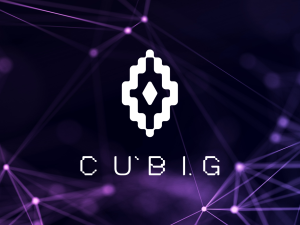SLM vs. LLM: Striking the Balance Between Efficiency and Performance with RAG (10/29)
Table of Contents
In the realm of NLP, Large Language Models (LLMs) often draw attention for their high accuracy and impressive capabilities, but these advantages come with significant resource costs and deployment complexities. Small Language Models (SLMs) offer a more lightweight, efficient alternative. When combined with Retrieval-Augmented Generation (RAG), SLMs can achieve performance levels close to that of LLMs, making them ideal for latency-sensitive applications. This post explores the synergy between SLMs and RAG and how this combination enables high-performance language processing with lower costs and faster response times.
Comparing the Performance and Efficiency of SLMs and LLMs
SLMs and LLMs differ significantly in terms of computational demand, response latency, and scalability. LLMs, while highly capable of complex tasks, require considerable memory and processing power, making them less practical for deployment in edge environments such as IoT devices, mobile applications, or low-latency settings.
In contrast, SLMs offer a nimble alternative with smaller model sizes and faster processing speeds. Because of their reduced resource requirements, SLMs are well-suited for scenarios where real-time responses are essential, and costly infrastructure is infeasible. For example, in applications that prioritize speed and cost-efficiency, like real-time customer support or lightweight on-device processing, SLMs can provide significant benefits by delivering immediate responses without intensive computation.
Harnessing the Power of RAG with SLMs

While SLMs are efficient, they sometimes lack the depth and breadth of knowledge that LLMs can offer. This is where Retrieval-Augmented Generation (RAG) comes into play. RAG enhances an SLM’s performance by incorporating a retrieval component that brings relevant information to the model from external databases or document collections.
RAG functions by first searching a pre-indexed database of relevant information based on the user query. This retrieved information then serves as context for the SLM, which uses it to generate a more informed response. By outsourcing specialized knowledge to a retrieval system, SLMs can produce responses as accurate as those from LLMs without needing the same extensive training data.
For instance, in customer service applications, RAG can allow an SLM to search a company’s product manuals, FAQs, or troubleshooting guides in real-time, crafting responses that are both accurate and specific to the user’s needs. This retrieval step improves the quality of responses while keeping the model’s computational footprint light.
The combination of SLMs with RAG holds tremendous potential for businesses and developers alike, particularly for applications that demand both efficiency and accuracy in resource-constrained environments. This setup provides a scalable, cost-effective approach to deploying high-quality NLP without compromising on performance, making it a viable alternative for organizations seeking to maximize their AI investments in a practical, accessible way.
related post: link
related article: link
